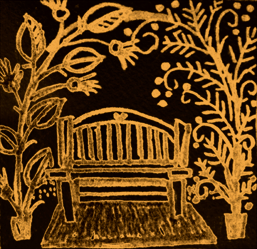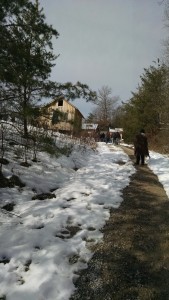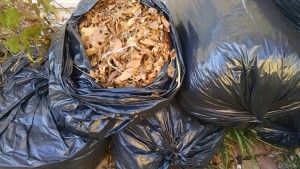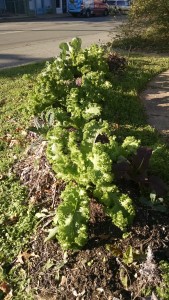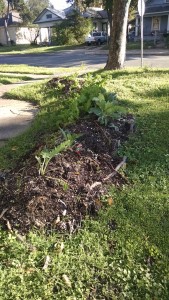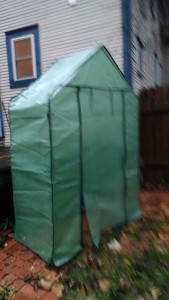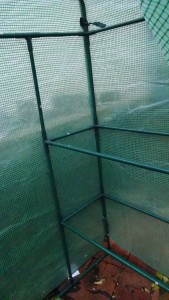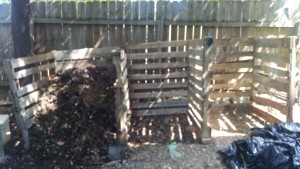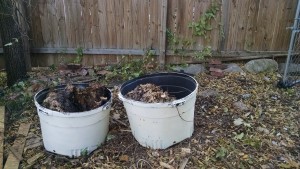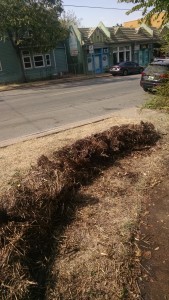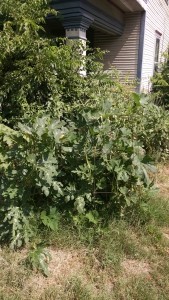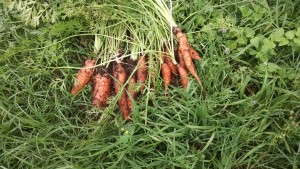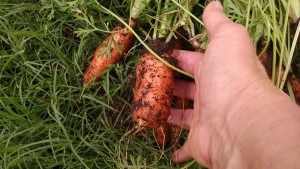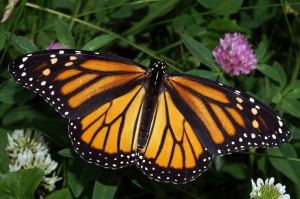 Last night I attended a call to action meeting for saving monarchs as well as other pollinators.
Last night I attended a call to action meeting for saving monarchs as well as other pollinators.
Randy Johnson, Dallas-based horticulturist and passionate pollinator protector, gave a quick run-down of plants and plantings designed to provide migrating monarchs with host and nectar plants.
He stressed staying with native plants because the prairie ecosystem is critical to monarch migration (in March they come through going north; in October they move south). It’s the longest insect migration in the world (except maybe locusts!).
Those attending who are “of age” remember when monarchs filled the sky on their migrations. Now, it is a cause to celebrate if one sees scores on a plant.
So what does one do?
One plants milkweed (host plant) and other native flowering plants (for nectar). Recommended are:
Milkweeds:
- Asclepias viridis – the most common, “green milkweed”
- A. asperula – antelope horns
- A. tuberosa – brilliant orange flowers
- A. viridiflora – “green comet”
Plants for nectar:
- Zizia aurea – golden alexanders – which also tolerate shade!
- Coral honesuckle (Lonicera sempervirens)
- Monarda fisulosa – beebalm
- Salvia gregii – autumn sage with bright red blooms
- Turk’s cap – which blooms till frost and tolerates shade
- Flame acanthus – which also tolerates shade or partial shade
- Frostweed (Verbesina virginica) – for nectar
- Salvia azurea – prairie sage which is a late bloomer
- Lantanas
There are many more, but this will get you started. The key is to provide blooms stretching from March through fall – “succession blooming”.
Randy also stressed that plantings should be in blocks, or patches. He warned against a single plant here and one over there, as the pollinators may find one but not the other. Best to plant together.
And, of course, plantings should be organic, with no spraying.
Calls for city-wide action for pollinator protection was also discussed. Kevin Lefebvre with the City of Dallas reminded attendees of www.GreenDallas.net as a place to learn of upcoming issues before City Council. Folks can register to receive notices and alerts.
